Late Constable – Royal Academy, London
A review of the exhibition Late Constable at the Royal Academy. This small and self-contained exhibition has me reflecting on the very British nature of Constable’s art and legacy.
Late Constable
Constable is an interesting artist. He is a well-liked figure within his native Britain (nowadays, that is – he was late to find success in his lifetime), and impacted later movements like the Barbizon school. However, it is my opinion after seeing this exhibition that his appeal remains very much English. I will set out the reasons behind this thesis in a bit; first of all let me set the scene for this exhibition.
The Royal Academy have placed Late Constable in one of their nice, relatively small exhibition spaces. It’s the same space in which I saw Gauguin and the Impressionists and Tracy Emin/Edvard Munch: The Loneliness of the Soul in 2020. The space consists of three largish rooms, and I think what I like so much about it is that it structures the exhibitions a bit like an essay: there’s a beginning, a development of the argument, and then an end which wraps things up nicely.
Unlike other ‘late’ monographic exhibitions I’ve seen in the past (see Late Turner and Rembrandt: The Late Works), I didn’t quite see the argument that Constable’s late works have something specific to tell us. It seemed more like a device to narrow down the selection of works, while still telling the story of Constable’s work as a whole. But it was this selection of works, plus considering them against what I know about Constable’s contemporaries, that had me thinking about his specifically English appeal.
A Very English Painter
Constable is best known for his landscapes, which makes his work very English by default. He was particularly fond of depicting places he had a connection to, such as Dedham Vale on the Essex-Suffolk border. I think there is also something about his style which connects him to a particularly English artistic tradition. His works are in the Romantic tradition, but not as bombastic as Caspar David Friedrich and the like.
When I think of the neoclassical artists working on the Continent at the time, Constable is very far removed from them. He promoted landscape painting above history paintings which were then in fashion. He like to paint en plein air for preparatory studies. And yet – there’s not much evidence that he was a ‘proto-Impressionist’ as Turner is sometimes seen to be. His style was often loose in preparatory sketches, but rarely in the finished products. And his paintings are much darker (in palette) than the Impressionists.
I’m not a trained art historian, so it’s entirely possible that this theory is either a) common knowledge or b) not backed up by further investigation. But one piece of evidence I offer is in the form of the loans on view in the Royal Academy’s exhibition. The overwhelming majority come from British public collections: the Tate, V&A, National Gallery, Fitzwilliam Museum, etc. The runner up is the Yale Center for British Art in New Haven, Connecticut. There are a few exceptions, for example a work which isn’t present but serves as a comparison, formerly in the Thyssen-Bornemisza Collection in Madrid. But compared to many monographic exhibitions, Constable shows himself to be primarily of interest to British collectors/collections.
Why does this matter? Well, it doesn’t, really. But it was an interesting thought inspired by this exhibition. And that I hadn’t picked up on in earlier Constable exhibitions I have seen. I think this small format exhibition space encourages me to take my time and think about the art and also the artwork as objects in their own right.
Worth A Visit?
You’ve probably had your fill by now of the Salterton Arts Detective Agency. Is the exhibition worth a look? In my opinion, yes it is. What I particularly liked were the couple of side by side comparisons of full-sized sketches with finished paintings. As I said, the majority of the works are in British public collections already. But bringing them together allows you to see how Constable worked, from sketch to mock-up to final product.
If you are a fan of some of the more Impressionistic elements of Constable’s work, then this maybe isn’t your exhibition. There are a few of his sketches of skies and clouds here, but not many. Perhaps unsurprisingly, being the Royal Academy, the exhibition leans more towards works that Constable exhibited here in his lifetime. Interesting in terms of understanding how Constable wanted to be viewed, but not my favourites of his paintings aesthetically speaking.
So all in all, this exhibition is a nice way to pass some time. Your mind won’t be blown, but you might learn something. Or come up with your own interpretations and share them with your patient readers, as I’ve just done!
Salterton Arts Review’s rating: 3/5
Late Constable on until 13 February 2022
If you see this after your page is loaded completely, leafletJS files are missing.

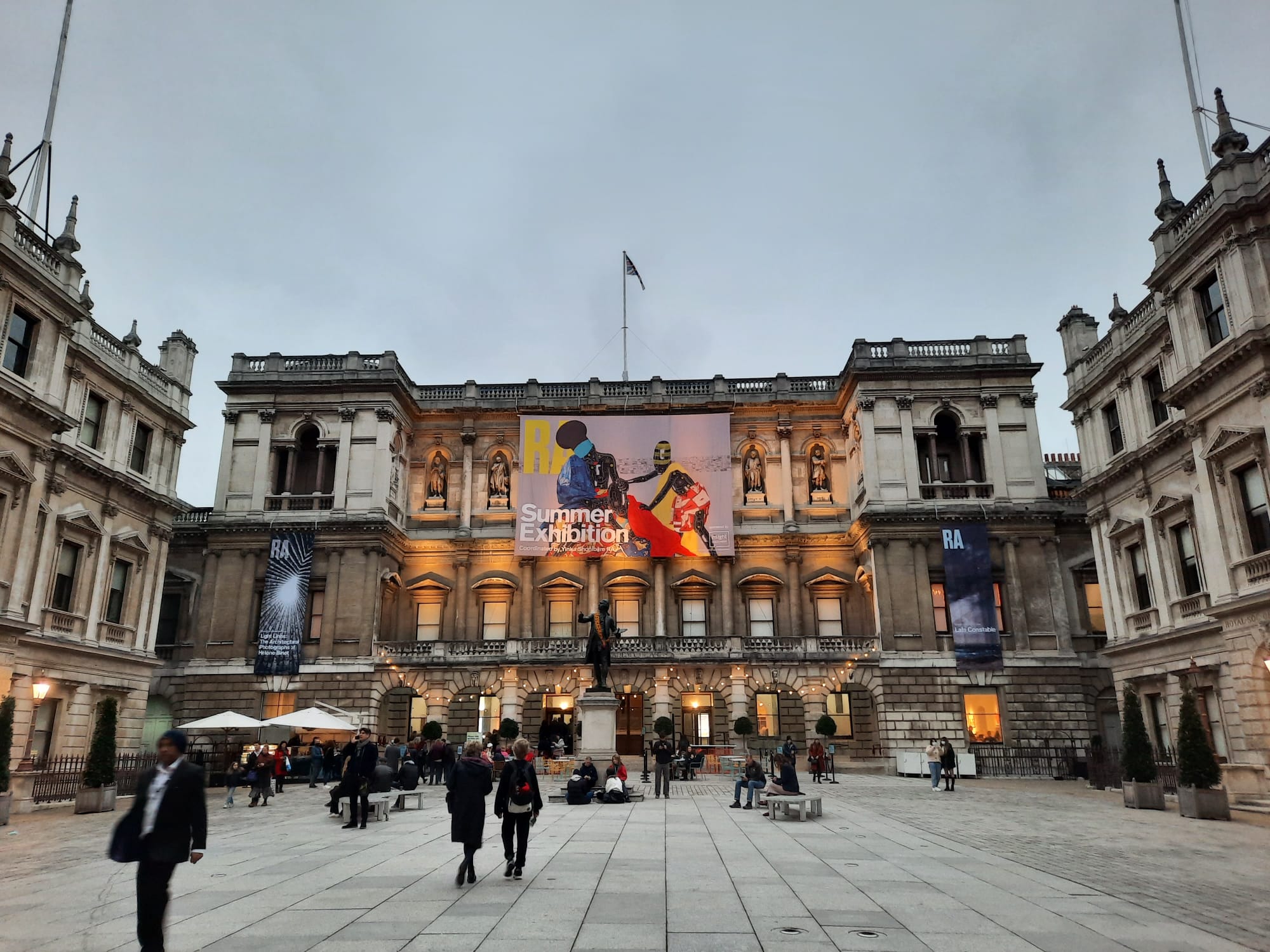
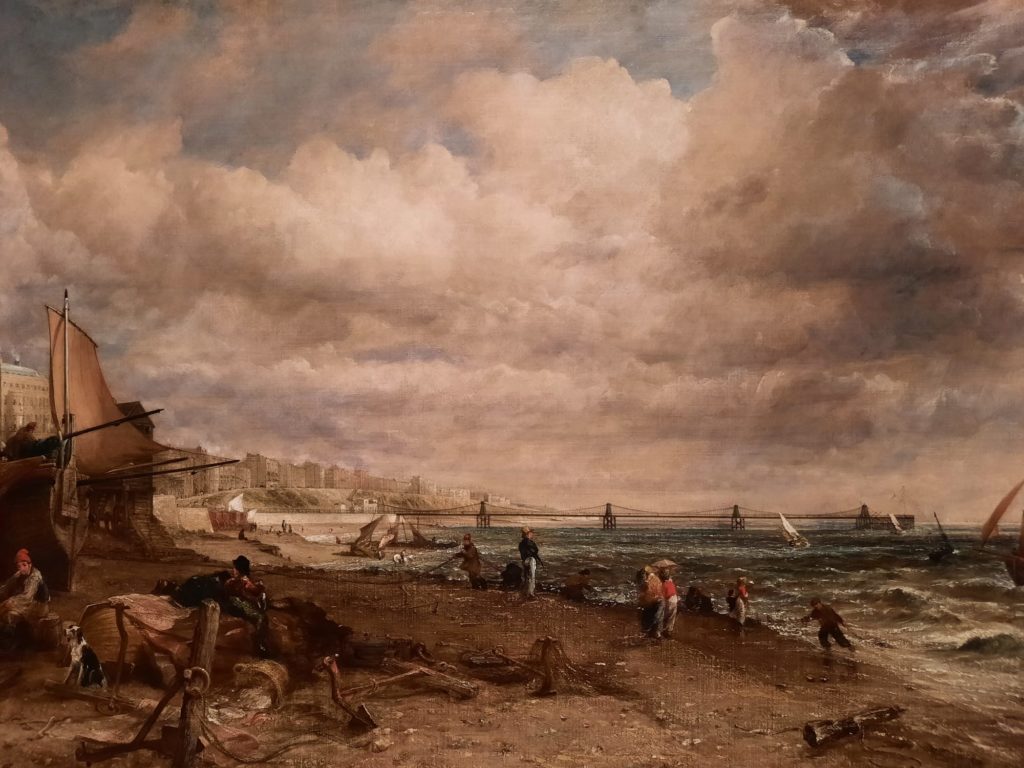
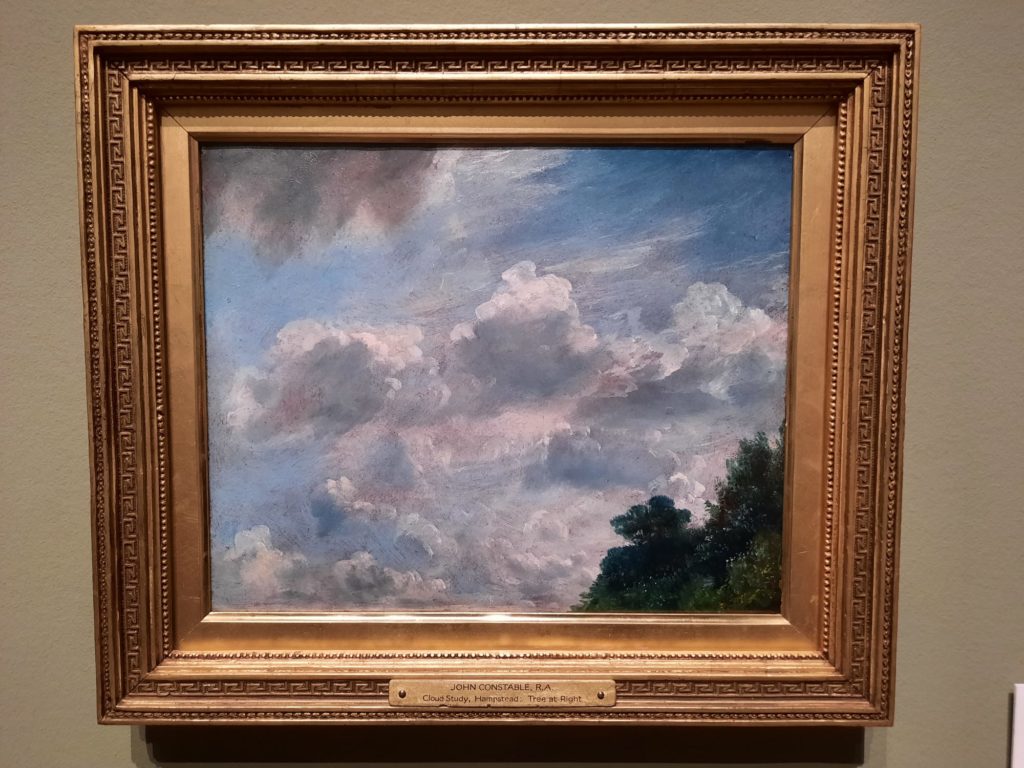
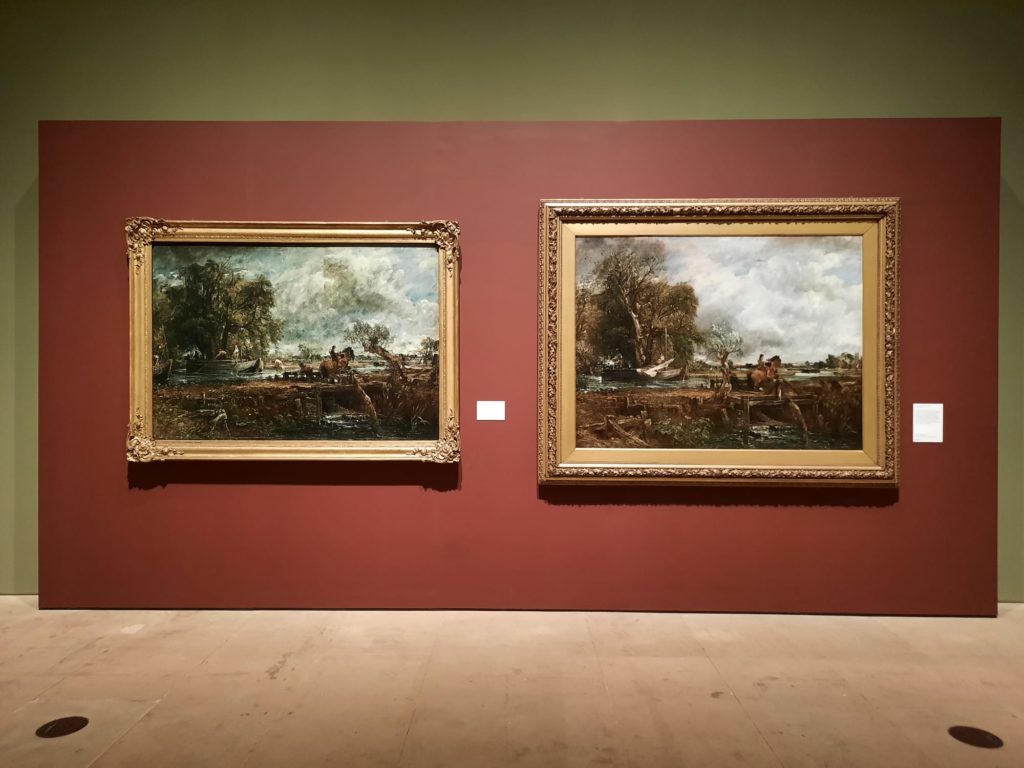
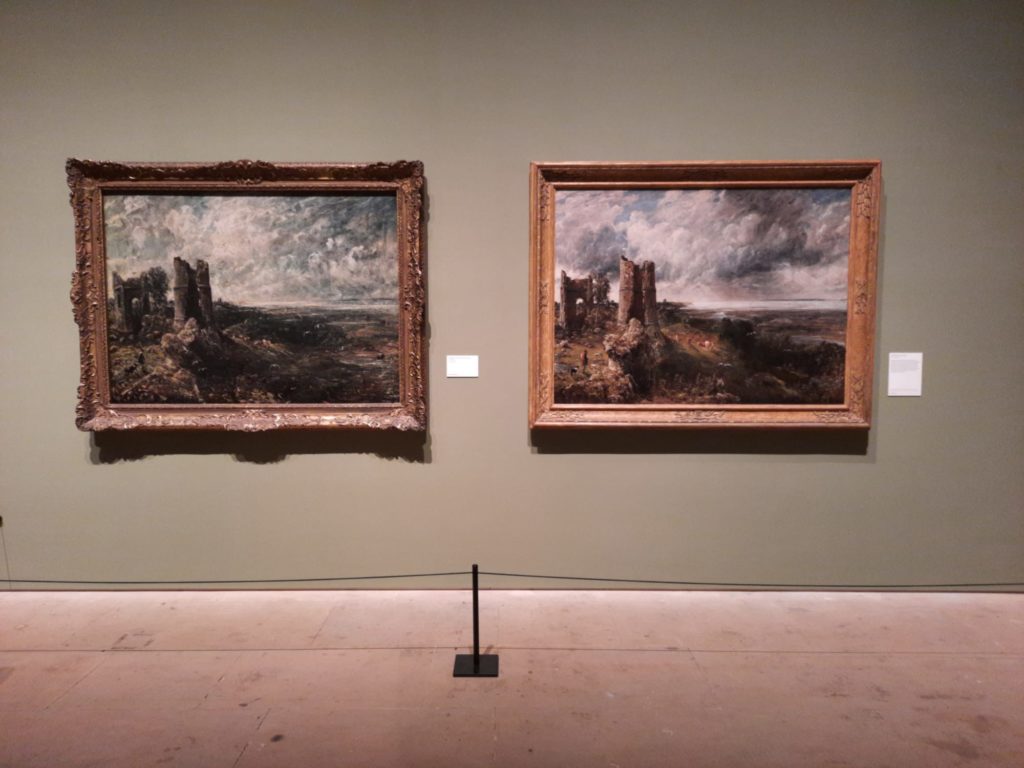
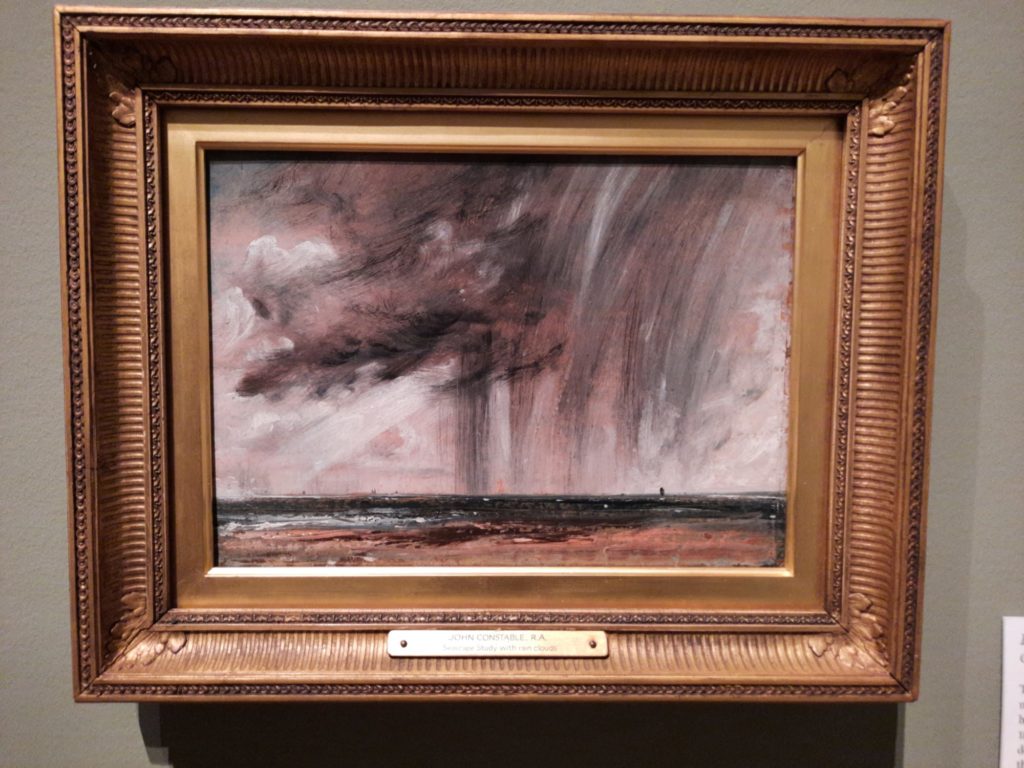
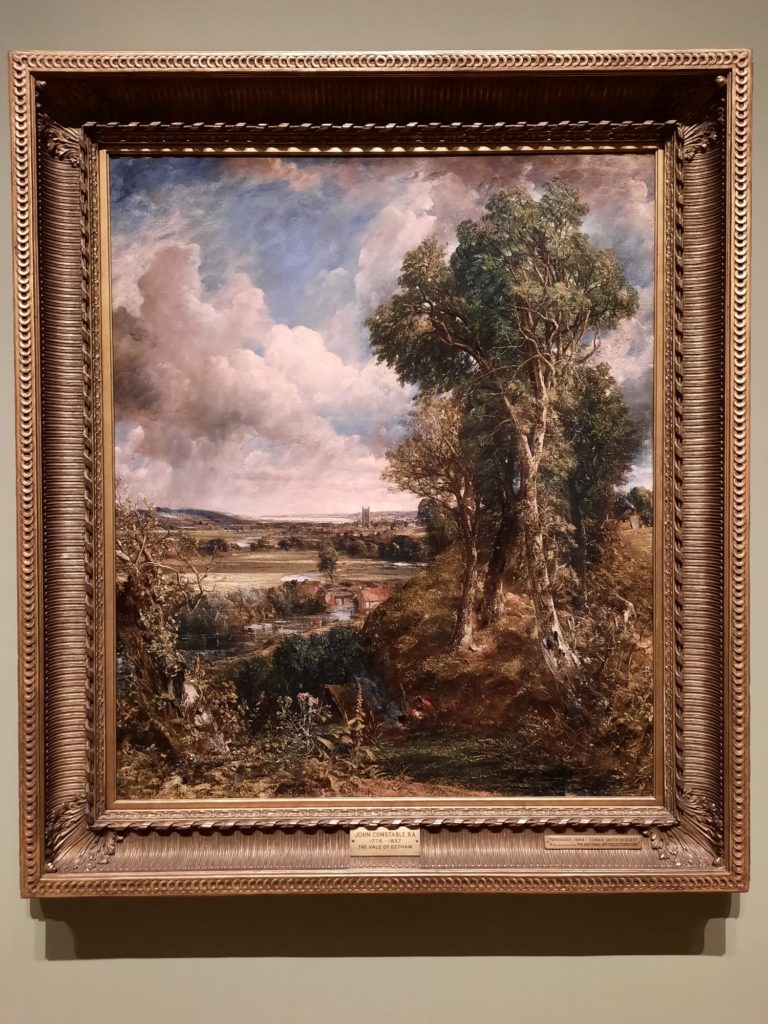
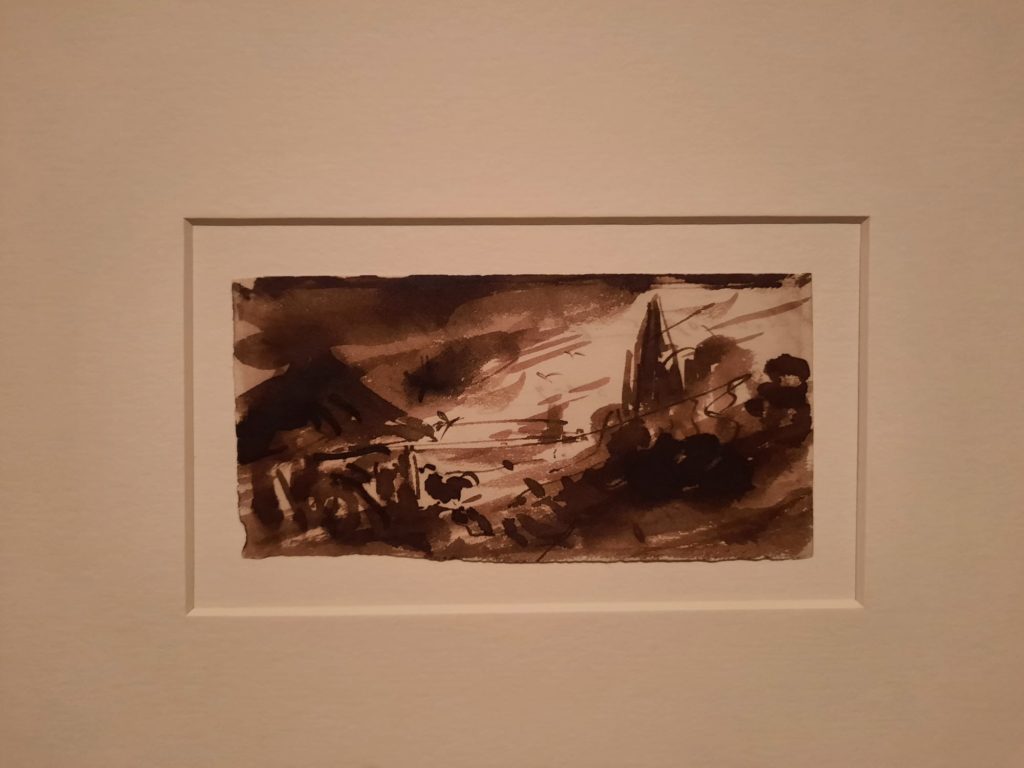
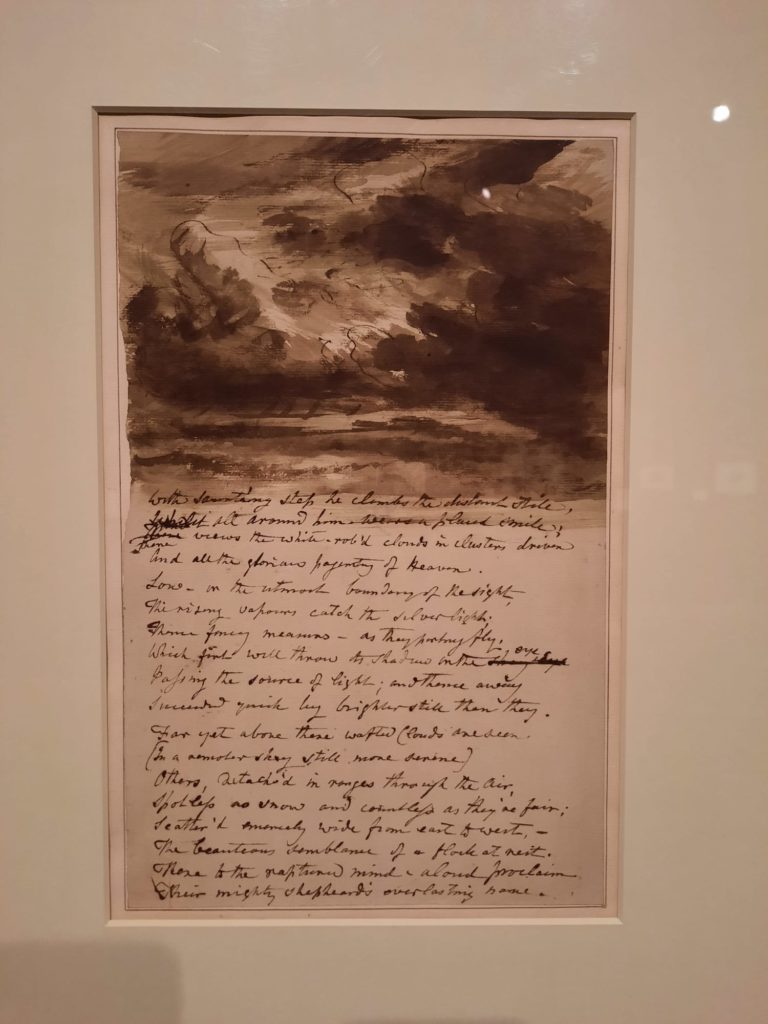
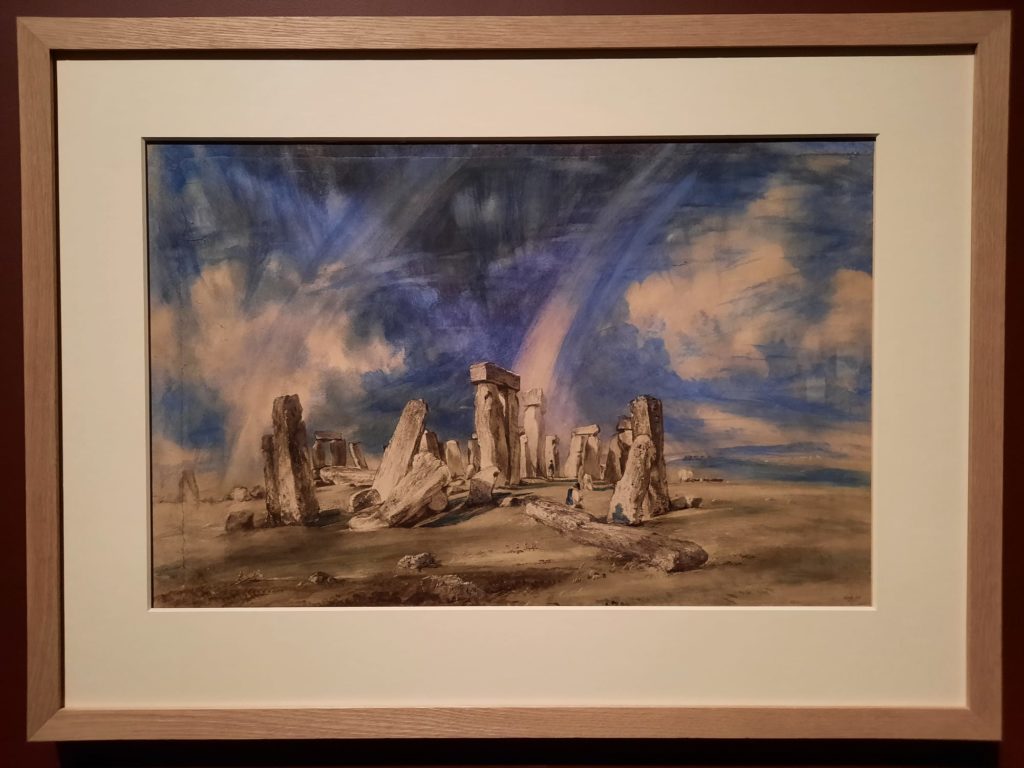
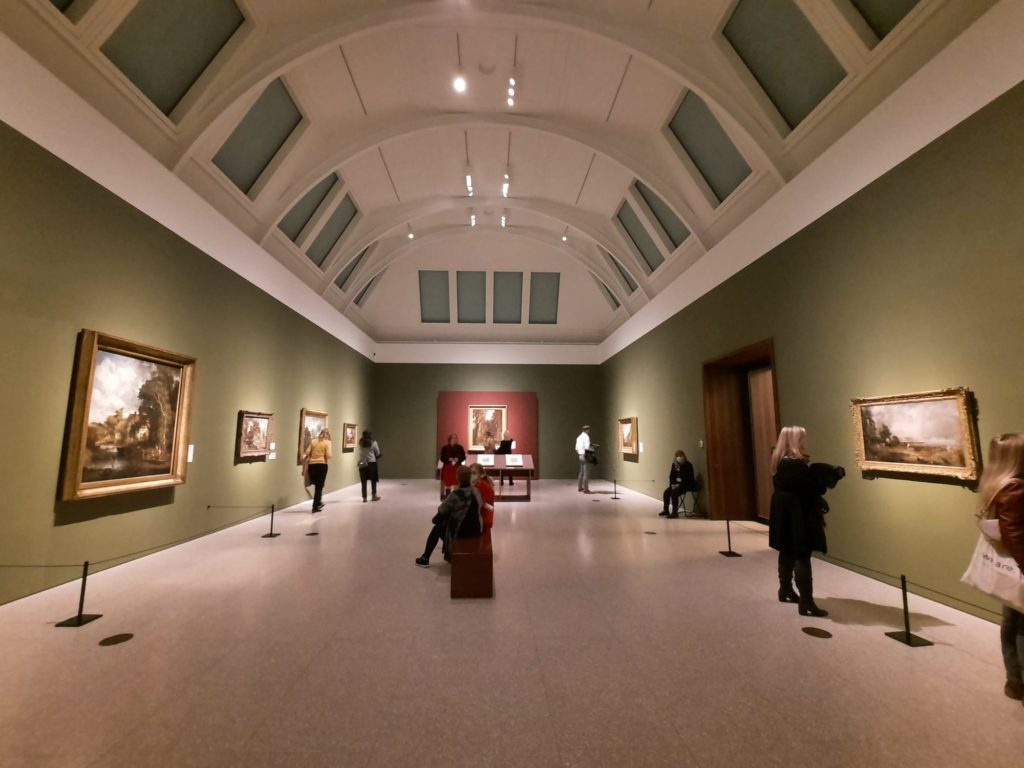
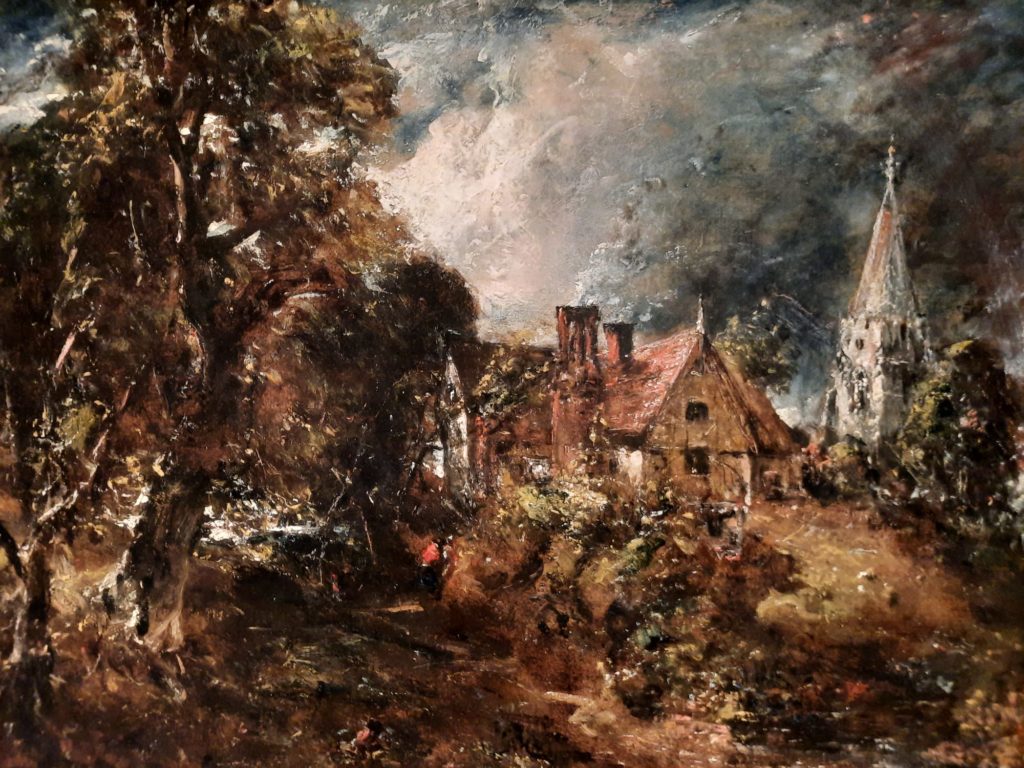
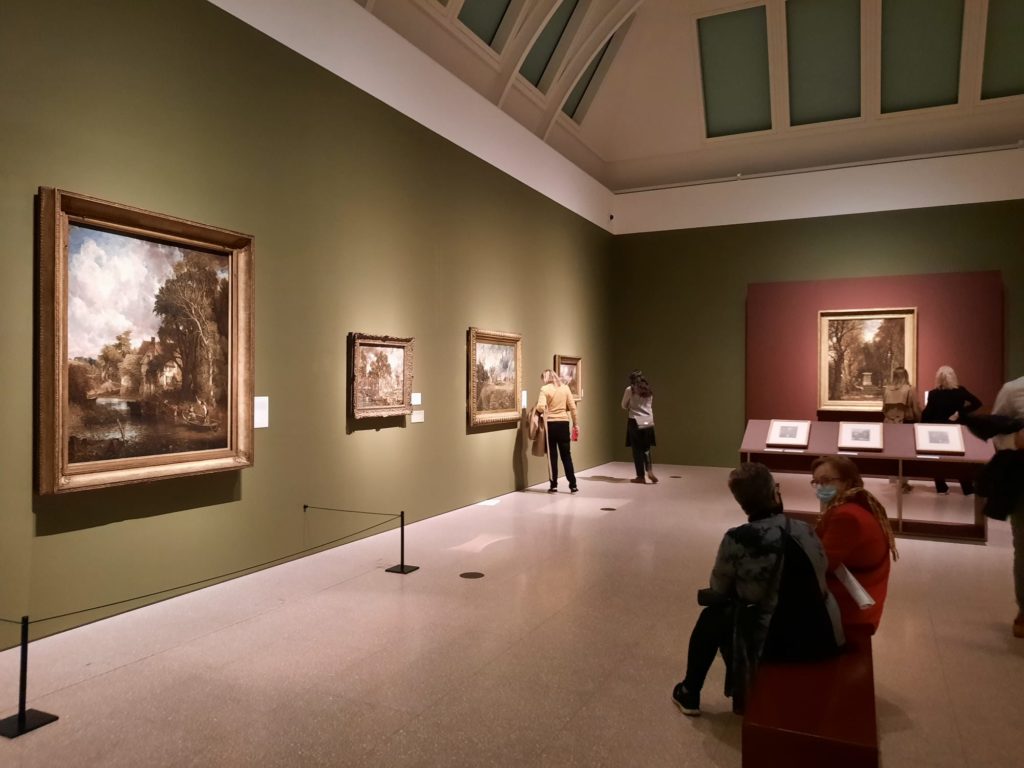
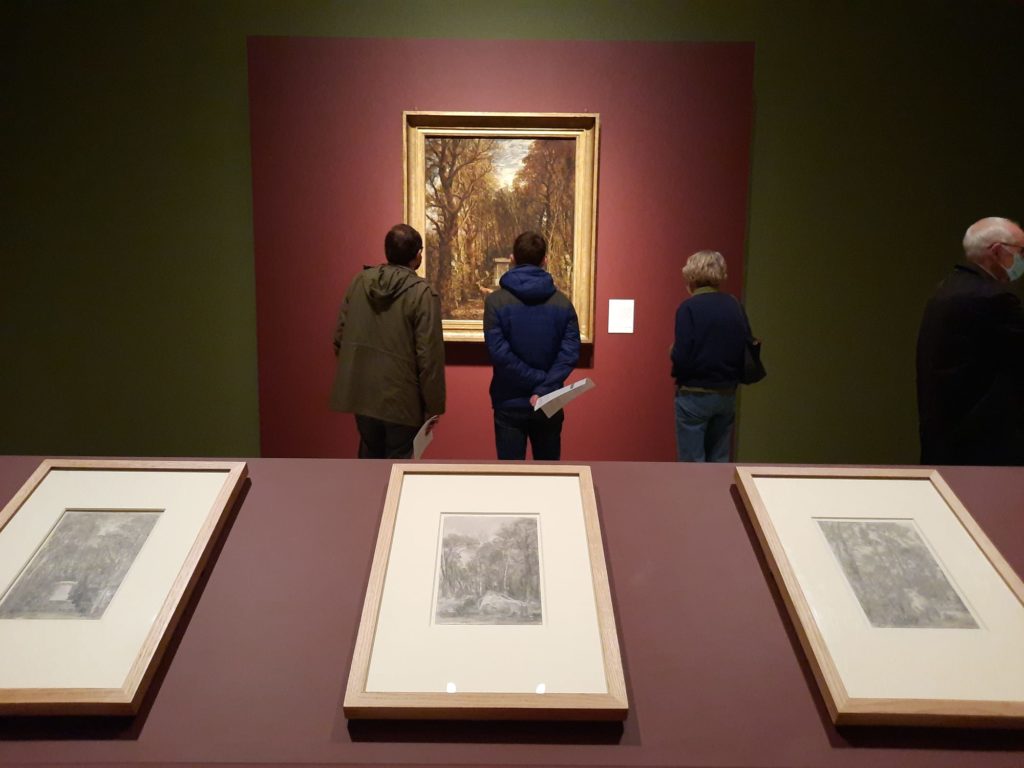
One thought on “Late Constable – Royal Academy, London”